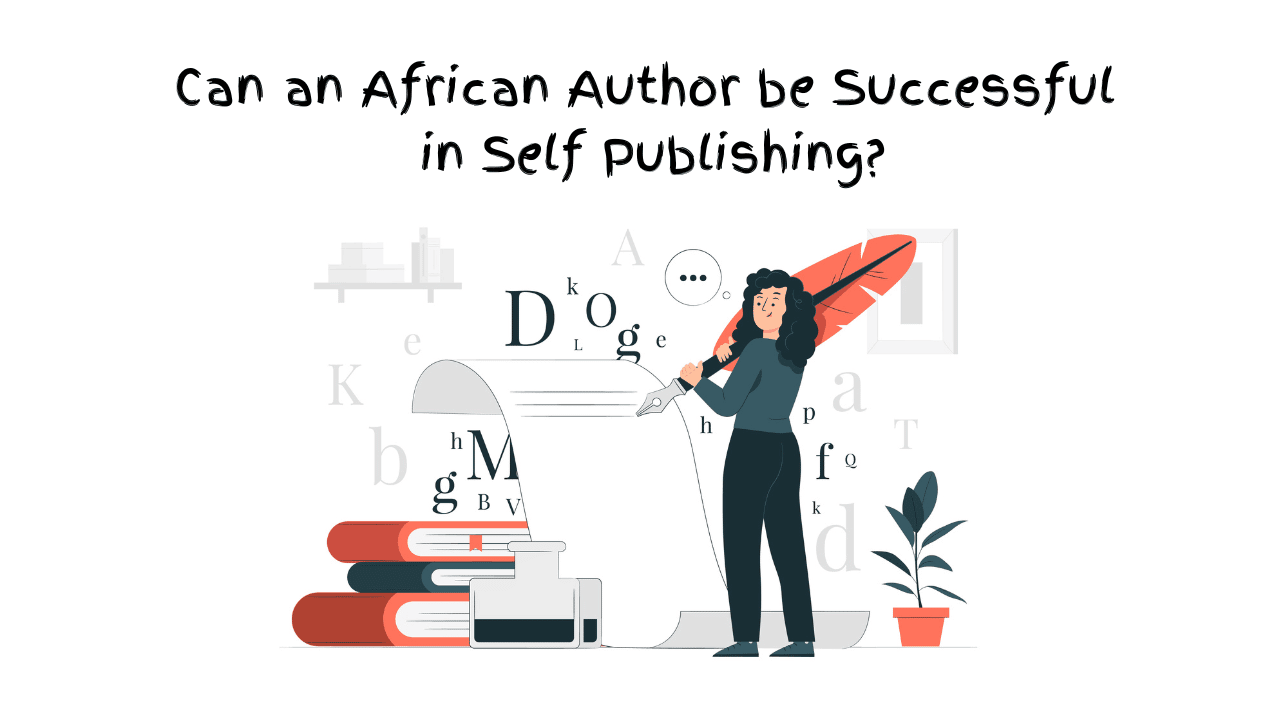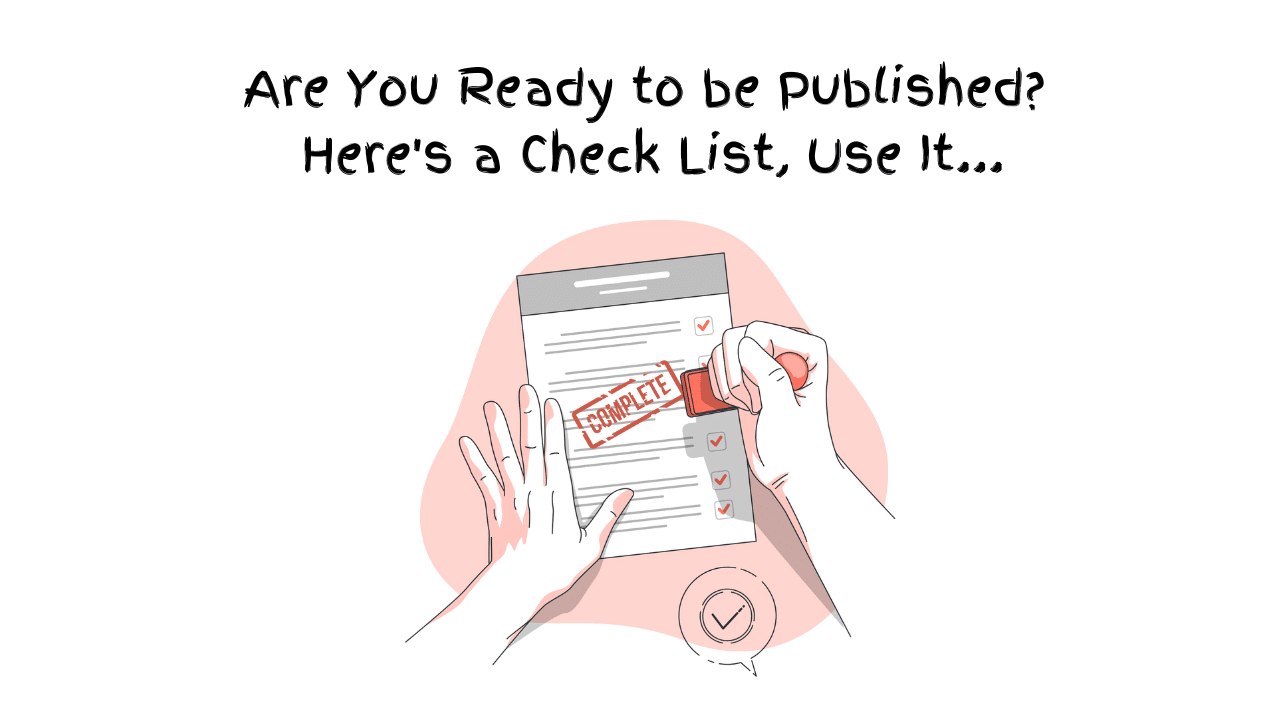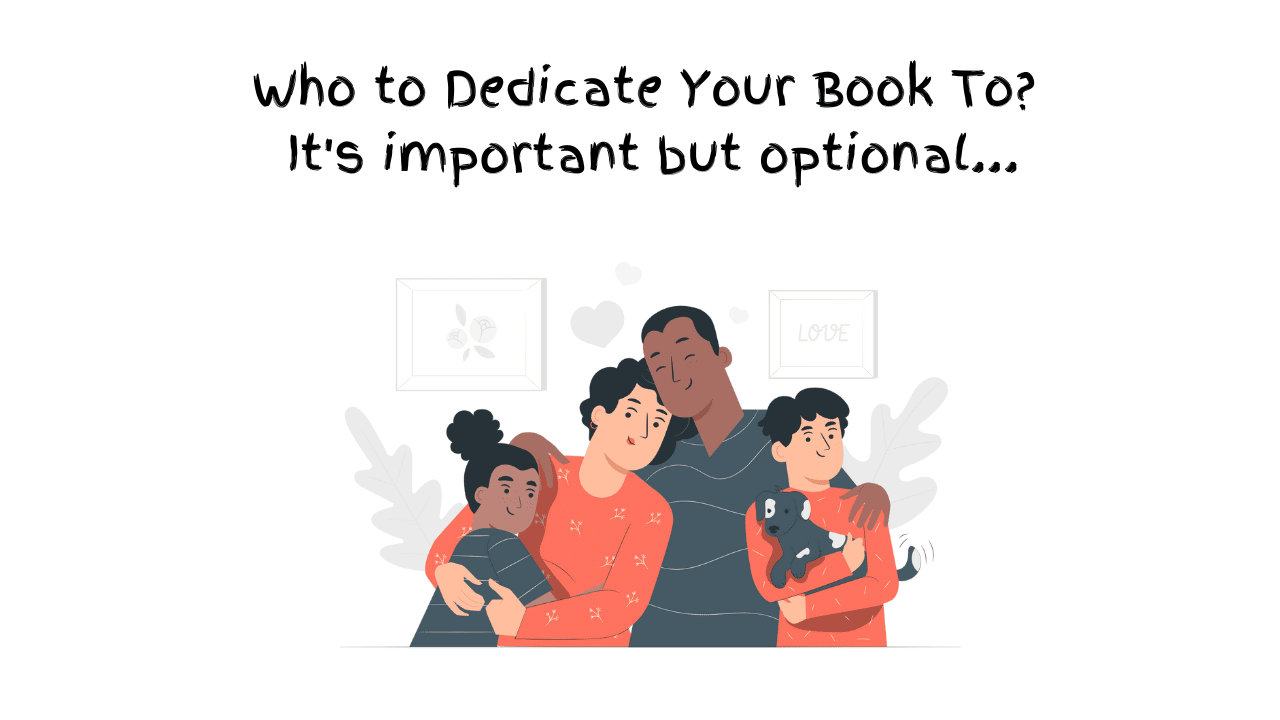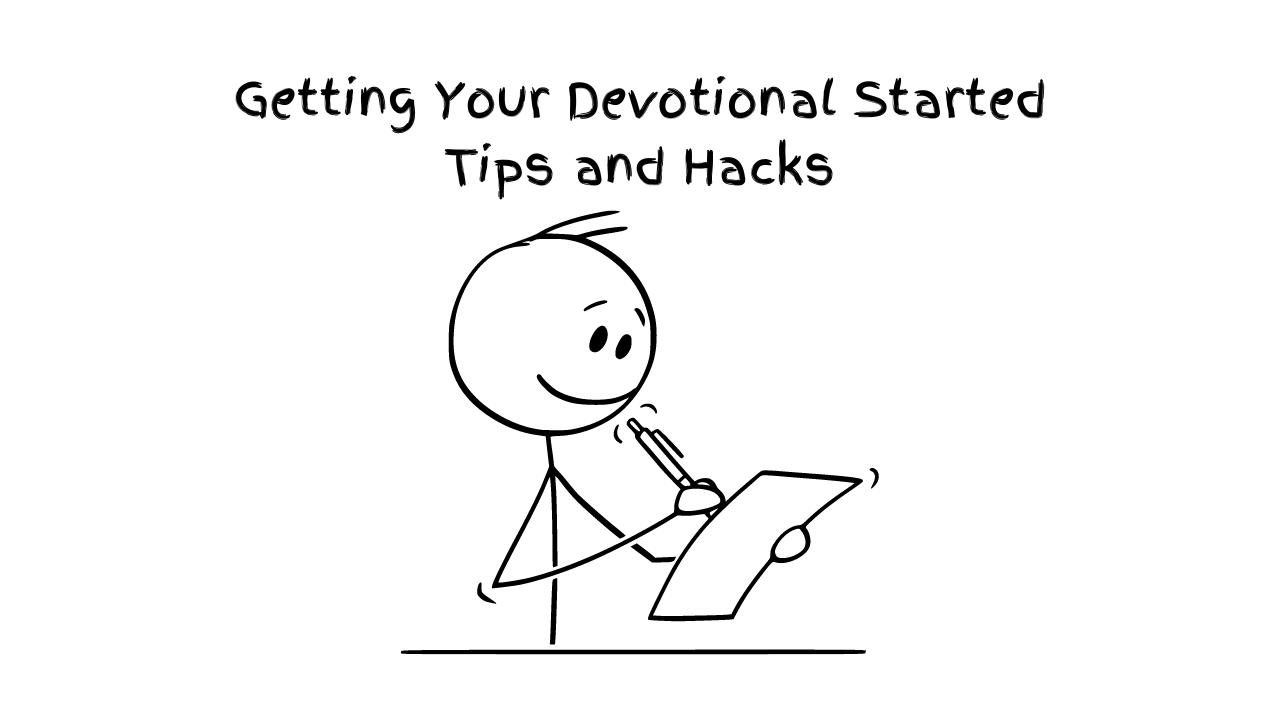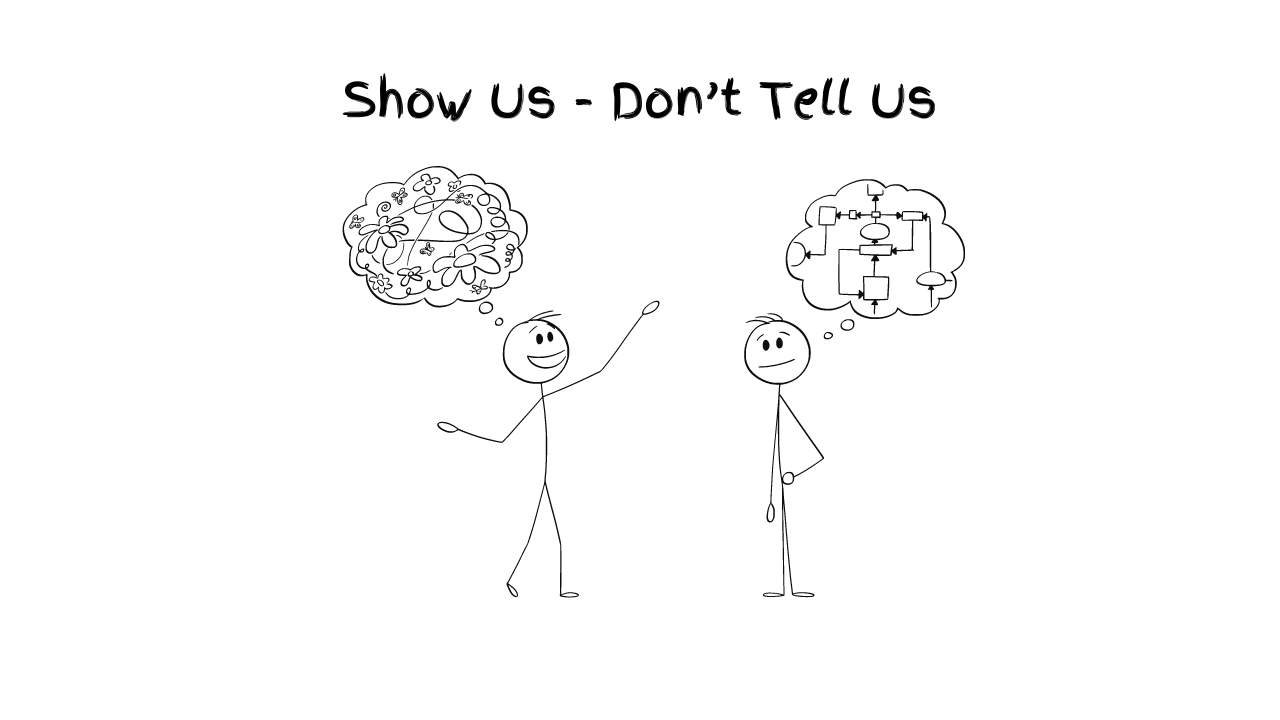Acknowledgment is defined as recognition of the importance or quality of something. In a book, it is the section where you recognize and thank everyone who helped you with your book or life’s milestones that led to your book. It’s a way to express your appreciation to these people and institutions in a public and permanent forum.
In previous session, we established that a dedication is targeted, personal, and brief, often only a single line or two. In this session, we will establish that an acknowledgment provides the space to go into lenghty details in thanking people who were sources of inspiration and support for your book and life.
How to Write This Section:
Imagine that you are doing an acceptance speech for a great award. Think about the people as though they are sitted with you in the awarding event’s hall. What would you want to tell them as you are looking at their faces? What do you think they would want to hear from you as you thank them? What would you like the world to know about them and their contribution to your life’s milestones?
That done, start by listing down all the people you want to thank and group them in categories. This will enable you to see them all together and ensure that everyone is on the list who should be there. Categorizing would look like – family, friends, church A, church B, workplace, residential estate, publisher or book experts/collaborators, financiers, mentors etc. This way, you are less likely to leave anyone out.
In this section you can include personal or intangible supporters, like friends, family, or even pets. Mention people by names, titles, and thank them for something specific. Mentioning, “I thank my sister” seems impersonal and not well thought through. Instead, mention, “I thank my sister Kainos for encouraging me to keep writing in the wee hours of the night’.
Write in first-person and maintain your voice. In this section, you have an opportunity to go “off script” and reveal your personality or sense of humour to forge a deeper bond with the readers. They like to get a little glimpse of who you are as a person, and the book’s acknowledgments page provides those insights. First-person helps you to express your gratitude to those concerned.
Be sincere, personal and utilize emotional appeal. This section provides significant emotional value to those who are mentioned. They will treasure your book, as well as their memories of participating in the process as a source of support. When recognising them, be honest and sincere when noting their contributions, but try to avoid overdoing it to the point that it begins to sound insincere. Expressing gratitude is a skill – find a balance to be genuine in your appreciation without overdoing it.
Don’t worry about length when drafting. Appreciate everyone first and then go back to that draft to revise it. If you end up with more than two pages you can cluster the people in categories. For instance, while thanking family – instead of having a paragraph for dad, another for mom, another for your sister and another for your brother, you can compress them into one paragraph that will thank family as a unit.
The length of the final acknowledgment. A short acknowledgment section is best, so keep it to one or at most two pages. Do not be afraid of offending anyone you leave out – this will often happen as you cannot mention everyone who has impacted your life. You can thank more people in the next book or a different event in your life.
Don’t re-invent the wheel. Taking a look at other acknowledgment pages of authors you esteem or books in the same genre will help. As a general rule, the best acknowledgment is one that is personal, professionally casual, and descriptive. Always share with the readers why the people deserve to be mentioned.
Private and Confidential. Once you are done with drafting this section, share with the people mentioned to seek their permission to be included especially if you are not very close to them. This is especially so for nonfiction authors or authors whose topics may be controversial; some interviewees you’d like to acknowledge may wish to remain undisclosed because of privacy issues. We’ve had a book recalled because a person wished not to be acknowledged by the author because of a controversial event that happened in their lives. If you’re not completely sure, it’s better to ask first than to have to republish and reprint the book.
Placement. The Acknowledgment section is traditionally placed within the front matter of books – we call this the preliminary pages. However, it occasionally appears in the back instead. If it is a stand-alone page, it should follow the preface according to The Chicago Manual of Style. Alternatively, some authors choose to place it either before or after the table of contents. Discuss the placement with your editor or publisher as different publishing houses have different house rules.
Acknowledgement ot Acknowledgment? Technically, both spellings are correct. It is spelled ‘acknowledgement’ in British English and ‘acknowledgment’ in American English. Whatever English you used for the main content, ensure it is consistent in your acknowledgment as well. The best way to do this is by setting your word processor or whichever platform you are typing on to the preferred English. Do not rely on your mind as some words make more sense in one English than the other – you do not wat to end up mixing two English options as it makes your book look less professional.
Next we will look at Table of Contents.
Article by Muthoni Mercy Omukhang National Director at CLC Kenya - impacting lives with Christian literature || Convener of African Christian Authors Book Award - Recognizing, Celebrating and Promoting quality in Christian authorship in Africa.
Step1: Prepare Yourself to Get Published…
Are you ready to publish your book? Here is how you need to prepare. Have your manuscript ready and explore the oprions available today. If you are stuck in getting it started or finished, there is several ways to get help. Explore and get published today!
Read MoreStep2: Let’s Talk About Publishing
The self-publishing landscape has changed considerably in the past two decades with new technologies such as the Internet, and the $1 billion markets continuing to change at a rapid pace. Increasingly, there are numerous alternatives to traditional publishing, and self-publishing is becoming the first choice for writers.
Read MoreStep3: Factors to Consider Before Self Publishing
Jesus, while talking to the disciples about following Him, asked them to count the cost. The same Scripture applies to authors today - you have to count the cost from the beginning to ensure you don't stop at some point in your book project's journey.
Read MoreStep4: Requirements for Self Publishing
Are you ready to be published? Use our 4 points check list and tick 'Published Author' box so you can move on to the next God-given assignment...
Read MoreStep5: Publishing Steps – Review
Is your manuscript due for a review towards getting published? The major focus during manuscript review is the general quality of the book. It is important to establish the overall completeness, scope and readership of the manuscript and whether the presentation and accessibility of the book is suitable. #RaisingAfricanVoices
Read MoreStep5a: How to Write a Book Dedication
A book dedication is a way for you, the author to bestow a high honor on a person (or a group of people) you wish to praise or otherwise spotlight. This dedication note is often short and usually focused on one person (or a specific group of people). It’s supposed to be personal, rather than professional. It goes on the dedication page, which is in the very front of the book, after the title page. Here's how to write one. #RaisingAfricanVoices
Read MoreStep5b: How to Write a Book’s Foreword
A well-written foreword can function as the ultimate third-party recommendation or endorsement for your book, generating interest and helping when it’s time to market your book. Here are the benefits of forewords and a guide to writing one. #RaisingAfricanVoices
Read MoreStep5c: How to Write a Book Introduction
Are you stuck on writing your book introduction? Here's how to... Hook the reader right from the beginning with a personal story from your life, a funny story, a joke, or just an interesting fact that causes him/her to want to continue reading. #RaisingAfricanVoices
Read MoreStep5d: How to Write a Book’s Conclusion
If your readers are in the conclusion chapter, it also means they read the whole book, they liked it, and now they want you to wrap it up. So don’t rash it. Give them what they want. Here's how to write a good conclusion for your book. #RaisingAfricanVoices
Read MoreStep5e: How to Write an Author’s Bio
People are looking for reasons why they should spend their time reading what you have written. You need to instill confidence in your readers that you are knowledgeable on the subject matter by writing an appropriate bio. Here's how to write one. #RaisingAfricanVoices
Read MoreStep5f: How to Write a Book’s Blurb
A blurb is a short yet descriptive account of the book that goes on the back cover or within the book sleeve of a hardcover book. It includes any information that represents the book best and intrigues the readers and shoppers to pick the book off the shelves. Here's how to write one... #RaisingAfricanVoices
Read MoreStep5g: What to Include in the Copyright Page and Complete the Copyrighting Process
Copyright law gives creators of original material the exclusive right to further use and duplicate that material for a given amount of time, at which point the copyrighted item becomes public domain. Here's what you need to know. #RaisingAfricanVoices
Read MoreStep5h: How to Write an Acknowledgment
An acknowledgment section in a book provides the space to go into lenghty details in thanking the people who were sources of inspiration and support for your book and life. Here'show to write one. #RaisingAfricanVoices
Read MoreStep5i: How to Write a Table of Contents
A table of content shows the things that are held or included in something. In the book industry, it is a list of the chapters or sections given at the front of a book or periodical. Here's how to write one... #RaisingAfricanVoices
Read MoreStep6a: How to Write a Devotional
A devotional book is a literary work designed to provide spiritual inspiration, guidance, and reflection for readers seeking to deepen their faith and relationship with God.
Read MoreStep6b: How to Write a Captivating Novel
A great novel is a complex interplay of various elements, but some key components often contribute to its greatness.
Read MoreStep6c: How to Use Dialogue in Story Writing
Effective dialogue is characterized by authenticity, clarity, and relevance to the story. It should sound natural and believable, reflecting the unique voices and perspectives of the characters. Dialogue tags, such as "said," "asked," and "replied," help identify speakers and maintain clarity in conversations.
Read MoreStep6d: How to Use ‘Show Don’t Tell’ in Story Writing
"Show don't tell" is a fundamental principle in storytelling that encourages writers to use descriptive language, actions, dialogue and scenes to reveal information to the reader, rather than simply telling them outright.
Read MoreStep6e: How to Elevate a Flat Non-fiction Christian Book to Make it Personal and Engaging
"Show don't tell" is a fundamental principle in storytelling that encourages writers to use descriptive language, actions, dialogue and scenes to reveal information to the reader, rather than simply telling them outright.
Read MoreStep6f: Ethical ways to use other people’s public stories in a non-fiction Christian book
"Show don't tell" is a fundamental principle in storytelling that encourages writers to use descriptive language, actions, dialogue and scenes to reveal information to the reader, rather than simply telling them outright.
Read More

